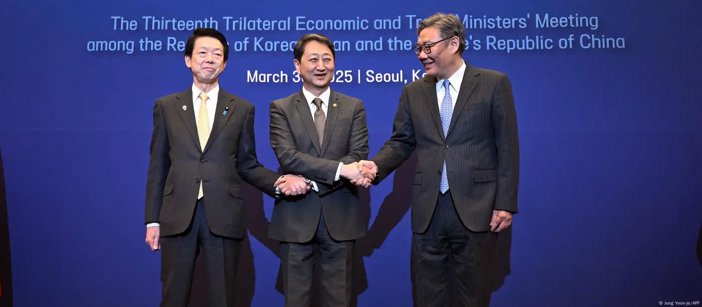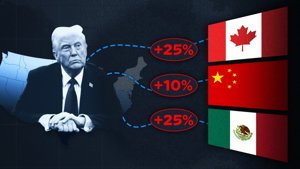
East Asia Responds to U.S. Tariffs
China, Japan, and South Korea have reportedly agreed to formulate a joint response to the incoming tariffs announced by United States President Donald Trump. The decision was revealed via a social media post linked to Chinese state broadcaster CCTV on Monday, following a weekend summit of the countries' trade and economy ministers in Seoul.
During the meeting, the three Asian economic powers reached a consensus on establishing deeper economic cooperation and devising a united front to tackle the impact of the U.S. tariffs. The trilateral agreement includes commitments to enhance trade frameworks, improve export control mechanisms, and explore avenues for more integrated regional supply chains.
One of the key points discussed was the potential for increased collaboration in the semiconductor sector. Japan and South Korea signaled interest in importing raw semiconductor materials from China, while the Chinese delegation expressed willingness to purchase chips from both Japan and South Korea. This reciprocal interest highlights an emerging synergy in one of the world’s most strategically important industries.
If officially confirmed, this agreement could signify a notable economic shift in East Asia and a recalibration of trade dynamics in response to evolving U.S. trade policies under President Trump. The move could also reflect growing concerns over protectionism and the need for regional self-reliance among Asian economies.
The collaboration comes as Trump's administration prepares to enforce a new round of tariffs targeting key foreign imports. The three countries’ decision to jointly respond suggests a strategic alignment that may reduce reliance on U.S.-centered economic systems and increase intra-Asian trade resilience.
The strengthened ties and potential realignment mark a significant step toward reshaping the regional economic landscape. Analysts believe this move could influence global supply chains and raise new considerations for multinational corporations operating in the region.






